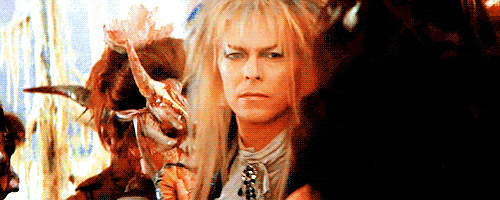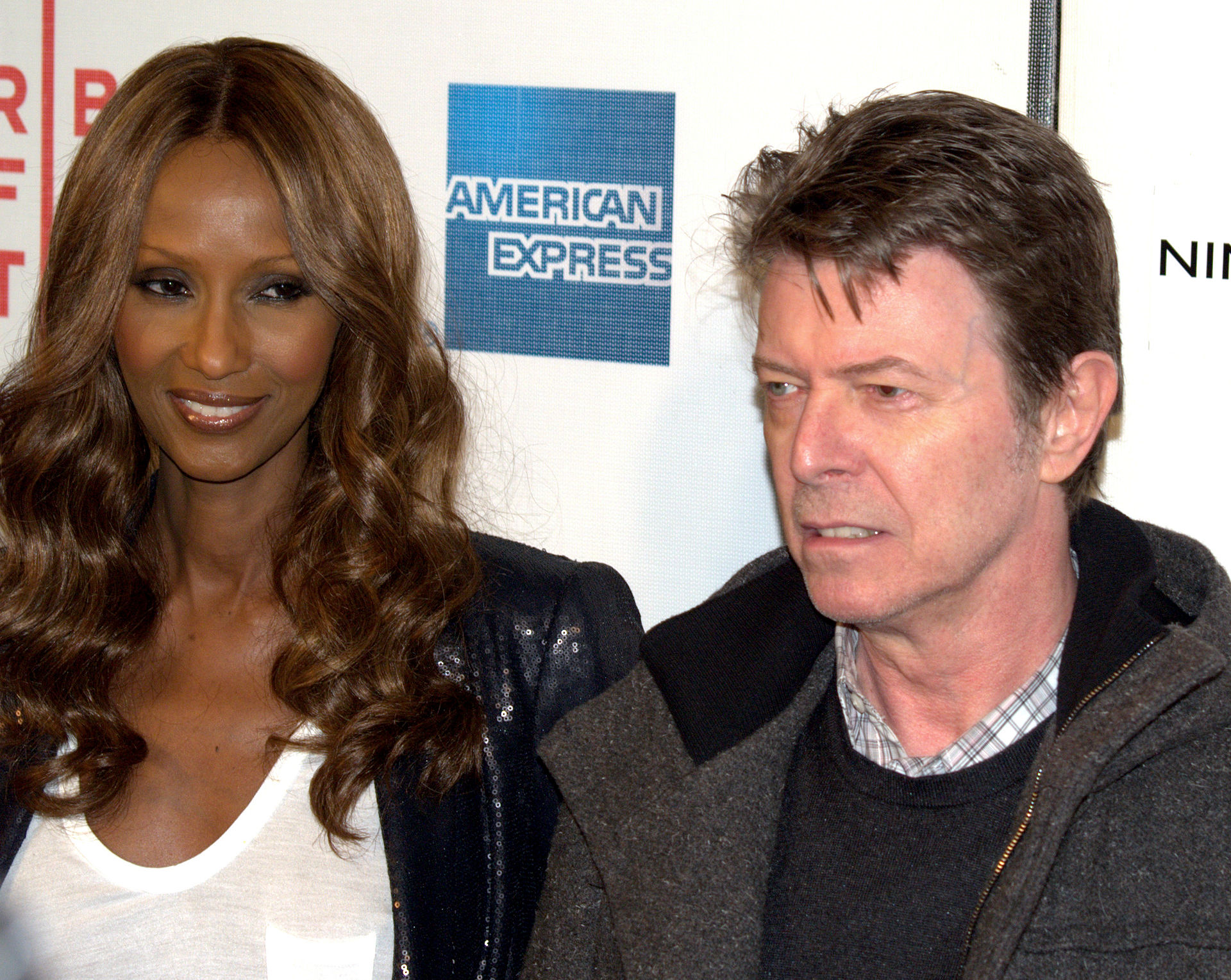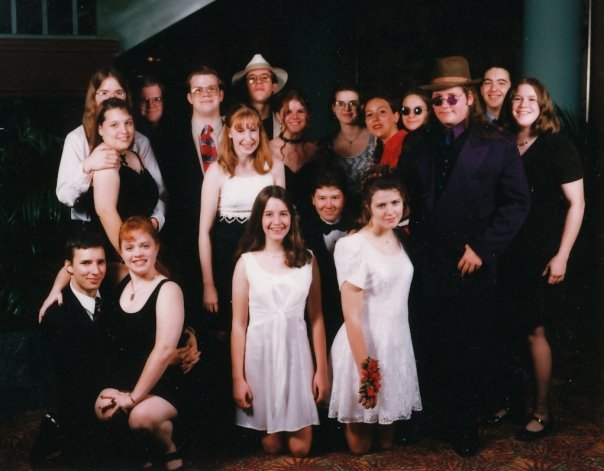The year was 1986.
Jim Henson was all the rage–especially to me, age 8. Labyrinth came out in June that year and was a “box office disappointment.” So much so that Jim Henson’s son, Brian, called it “one of the most difficult periods in his father’s career.” My eight-year-old self didn’t care. This was a movie from the Muppet man!
It was a movie for me, a movie full of magic and questions. By this age, I’d already discovered the land of fantasy through Red Sonja, Ladyhawke, and The Dark Crystal. The questions came after the movie.

Interestingly enough, the questions almost didn’t happen as Michael Jackson and Sting were both being considered for the role of Jareth. Jim Henson’s kids convinced him that David Bowie would have more appeal, and thus, Jareth as I knew him was born.
At first, Jareth scared me. He was creepy in ways I couldn’t comprehend at that age. Understanding the manipulation and twisted love in the lyrics of “Within You” from the Labyrinth Soundtrack (which is one of my favorite soundtracks of all time, btw) would come much later. The movie became one of my favorites, one that would later influence my writing style and love of world-building. These would be my first lessons in weird from the Goblin King.
The very first question I asked after seeing the movie was, “Was that a girl or a boy?”
In my bubble-wrapped childhood full of bigotry and racism, I had no idea that genderbending or genderfluid was even a thing. The derision with which that question was answered, startled me. I’d never seen a man wear make-up, and I didn’t understand why family members thought it so horrific a sin. While I nodded at the answer, inside of me, a million questions bubbled.
David Bowie fascinated the hell out of me. His pushing of boundaries taught me to do the same. As a musician, I love the duality of his music–something that was a reflection of his own duality. Growing up, it was somehow okay to like his music, while his self was scorned. This fact also fascinated me. He was himself unapologetically, which is a belief my adult self follows.
Though I had friends, I was a loner child. Adults made more sense than children my age. I was too smart, too emotional, and too introspective. Yet I was the loner who wished I had the social skills to be one of the popular kids. Being into science fiction/fantasy wasn’t “in.” Nor was tabletop, cartography, computers, or science.
One of the first friends I remember making as a child was Nikki. Her parents were both white, but her mother had remarried to an African-American. We lived in North Florida at the time and if you know anything about Florida, then you understand that in the 80’s, biracial marriage in the south wasn’t looked kindly upon. The first time I met her step-father was at Open House in 1st grade.
The polite parents kept their distance. Those with more bigotry in their veins than blood muttered racial epithets as they passed. In a small classroom, you couldn’t avoid the hatred. My first grade teacher was a first year teacher and quite naive. Ms. Arline couldn’t stop folks from treating Nikki’s step-father like he’d murdered someone’s children.
I spent most of my childhood in the south where such attitudes were common, so when David Bowie married his 2nd wife, Iman Mohamed Abdulmajid in 1992, I remember the shock that he’d married a woman of color, not to mention a Muslim from Somalia.

(Photo by By David Shankbone – David Shankbone, CC BY 3.0)
Even in 1992, people weren’t exactly happy with his choice in a wife. Theirs wasn’t the first biracial relationship, but he was someone who, according to my family, had “gotten over his weird stage.” I mean, he’d done a duet with Mick Jagger! You couldn’t get any more manly than that! (These were ideas in the house growing up and not my own. Just giving a better picture of what it was like for me.) For me, it was the perfect example of a couple who were happy. Skin color didn’t matter. Sexual orientation didn’t matter either. They loved each other and that was that. This was quite a revelation for my fifteen-year-old-self.
A year later, I met a couple in high school–two lesbians who were relentlessly harassed by others because they didn’t conform to the norm. I met two siblings who had two mothers–two women who loved each other very much. My brain exploded as I tumbled into a group of people who were my people. They were geeky. They were unique. They were weird and pushed boundaries. It didn’t matter who they loved or why, only that they did.
These were people who were being themselves, whatever that was. Bowie (and others) had given us permission to be us. All the lies of my childhood fell away as I embraced this group of friends. And it was in this group of people that I met my husband.

(Can you figure out which one is me?)
Fast forward to now, to 2015. Those I consider “my people” have expanded and morphed into a mix of sci-fi/fantasy writers and fandom dwellers. Gamers, authors, Whovians, Browncoats, and more–we take care of one another, and when a member becomes stardust, we mourn. We’re an odd-ball mix, but we love equally.
You never really know how much someone has influenced you until they’ve gone. The imprints they leave on your mind–like fingerprints on a glass table, they’re glaringly obvious in grief. Beyond his impact on the music world, David Bowie taught us to love who we are–even if we’re madmen. 😉
‘Cause I’d rather stay here with all the madmen
Than perish with the sad men roaming free
And I’d rather play here with all the madmen
For I’m quite content they’re all as sane as me.”-David Bowie, from All the Madmen


One Reply to “Lessons in Weird from the Goblin King”